Although they are isolated phenomena, the existence of some places where large concentrations of a particular animal species can be seen taking over an ecosystem for itself is curious.
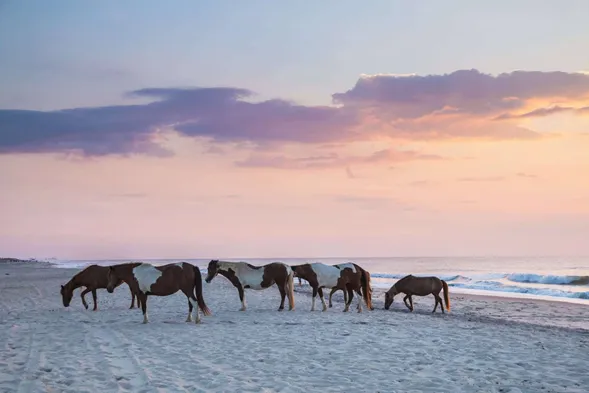
Hello ecotrain friends, I hope you are very well. Recently we have talked about more serious topics such as the causes and effects of climate change or solutions to it, but today I want us to give free rein to healthy curiosity, and entertain ourselves watching displays of abundance of life, I will try to avoid the most obvious as the crabs on Christmas Island in Australia or the monkeys in Southeast Asia.
1. Ilha Da Quimada Grande, in Brazil.
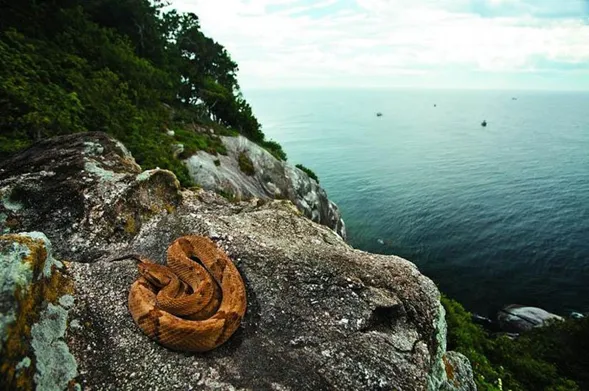
Also known as the island of cobras, this small island 30 kilometers off the coast of Sao Paolo is off-limits to visitors by the Brazilian government, and for good reason since the main population on the island are snakes, venomous snakes, in particular the golden lancehead snake, one of the most venomous snakes in the world. Although it is not the only species on the island, the snake population on the island is so dense that it is estimated that there is more than 1 snake per square meter of territory, meaning that wherever you step, you are less than 1 meter away from a potentially deadly snake.
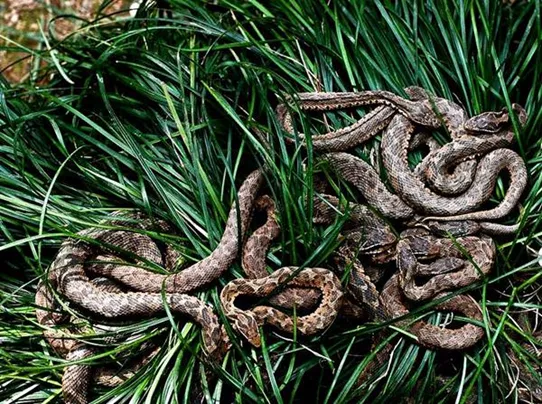
Aunque el desembarco en la isla está prohibido, a veces se permiten expediciones científicas ya que la serpiente cabeza de lanza dorada está en peligro de extinción, entre otras. Otros visitantes de la isla, por sorprendente que parezca son, a falta de un mejor termino, ladrones o contrabandistas de veneno, que se aventuran en la isla para capturar serpientes cabeza de lanza dorada y extraerles el veneno, que es tan poderoso que puede matar a una persona adulta en 1 hora si no se administra el antídoto. El litro de este veneno puede valer hasta 30.000 dólares en el mercado negro.
2. Isla Assateague. Estados Unidos.
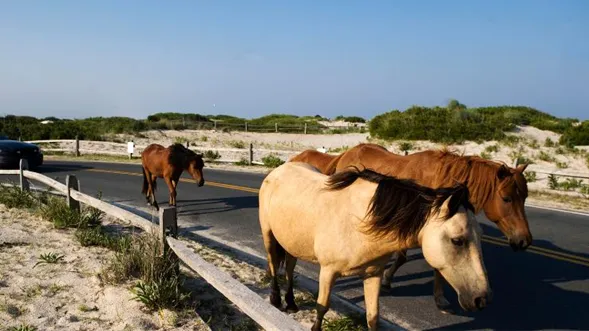
The small island of Assateague off the coast of Maryland in the United States, is for the most part a natural reservoir and national park that serves as a passage route for many species of migratory birds and its shores as a reserve for fish and crustaceans, however the main and most famous attraction of the island is its population of more than 150 wild horses that live on the island of only 162 square kilometers of surface.
The equines of the island are part of 2 debates, the first one is about whether they are horses or Ponies. Since their size is almost exactly at the point that distinguishes one from the other [147 centimeters tall] and about their origin, as some believe they are descendants of horses brought on a Spanish conquistador ship that was shipwrecked in the area in the 16th century, while others believe they are descendants of Maryland ranchers who brought them to the island trying to avoid paying taxes for them and then abandoned them there.
3. New World Mall. Thailand
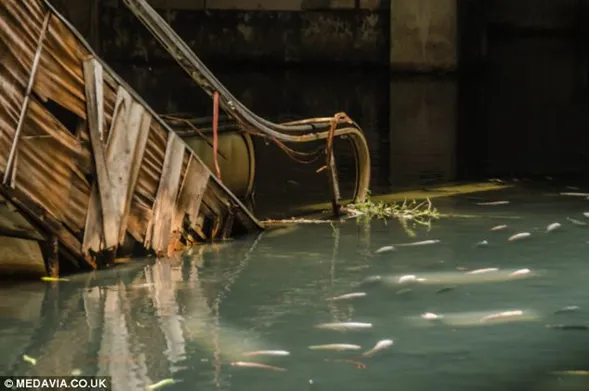
Fish infestation and shopping mall are two phrases that when we try to associate them in our head can cause cognitive dissonance, and yet, there is such a relationship, in Thailand, after a huge shopping mall was forced to close for legal reasons, the roof collapsed after torrential rains in Southeast Asia flooded the lower levels creating a kind of natural pond, a plague of mosquitoes breeding in the area appeared, to control it, fish were thrown into the water to feed on the larvae. What happened next?
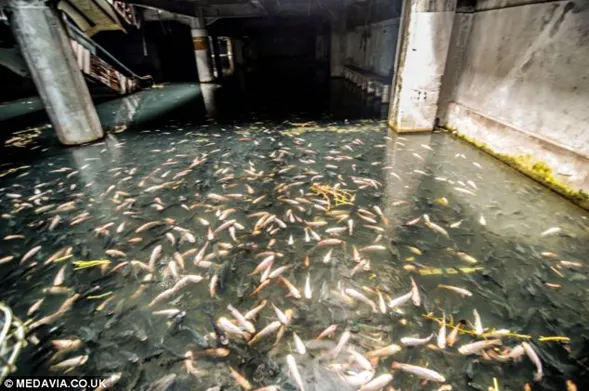
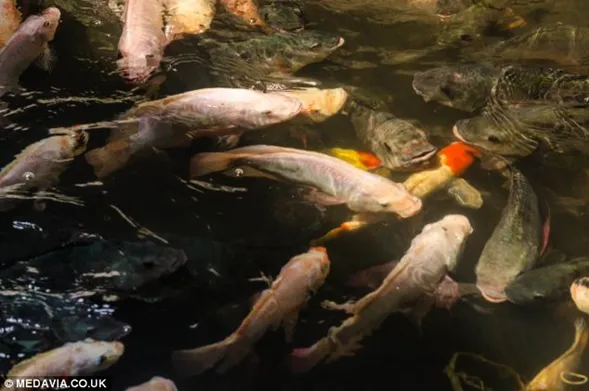
The fish now dominate the water in great concentration, although the government has made efforts to protect them, and some fishermen have begun catching them for release into other ponds, turning the mall into a reservoir of sorts. And the site certainly looks like an ideal setting for scenes from a post-apocalyptic movie.
4. Kauai Island, Hawaii, United States.

Chickens, chickens everywhere. On the island of Kauai there is a population of thousands of chickens that are found all over the island, and they live different lifestyles, some live almost totally wild, while others feed on garbage, others are fed by tourists or eat the food of cats or dogs. Being chickens, they are harmless so people have left them alone, and they are everywhere.
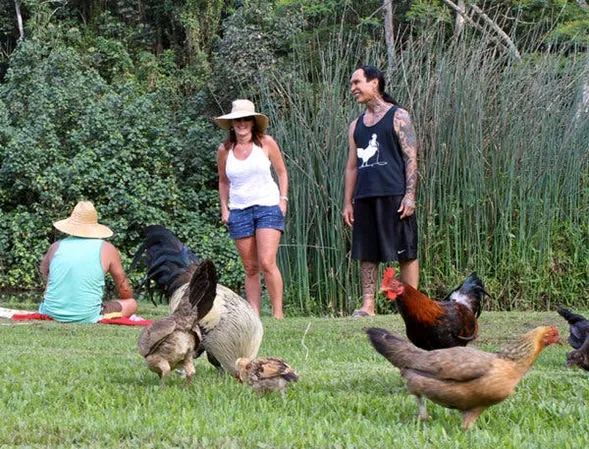
Los pollos se cree que son una mezcla de aves salvajes introducidas por los navegantes polinesios hace más de 700 años y aves domésticas de granja escapadas durante los huracanes a principios de los 80 y 90s.
5. Isla Gran caimán. Islas cayman.
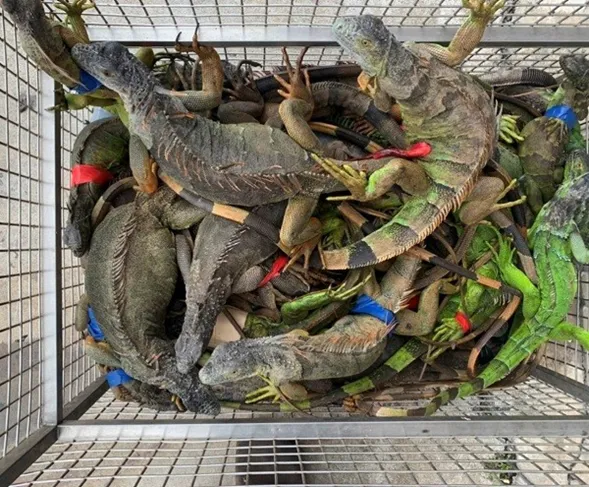
22 miles long, 8 miles wide, 62,000 people, and over 150,000 iguanas in the middle of the Caribbean. What can go wrong 9.
This is the predicament they face on Grand Cayman Island, where after the introduction of the pet green iguana in the 1980s, iguanas have reproduced to levels that endanger crops, gardens, and the balance of the ecosystem in the region. Attempts have been made to destroy them, recently eliminating about 20,000 but they rebounded in numbers in a matter of weeks.
Iguanas in an environment without predators can become a real pest. As has been proven in other places such as Taiwan.
Conclusion.
It is impressive. How despite all the damage we humans have done to life on the planet. It always finds a way to go on, for better or for worse. Life will always find a way.
Recommended Bibliographic Reference
[1] MANCHAS PELIGROSAS ISLA DA QUEMAIDA GRANDE